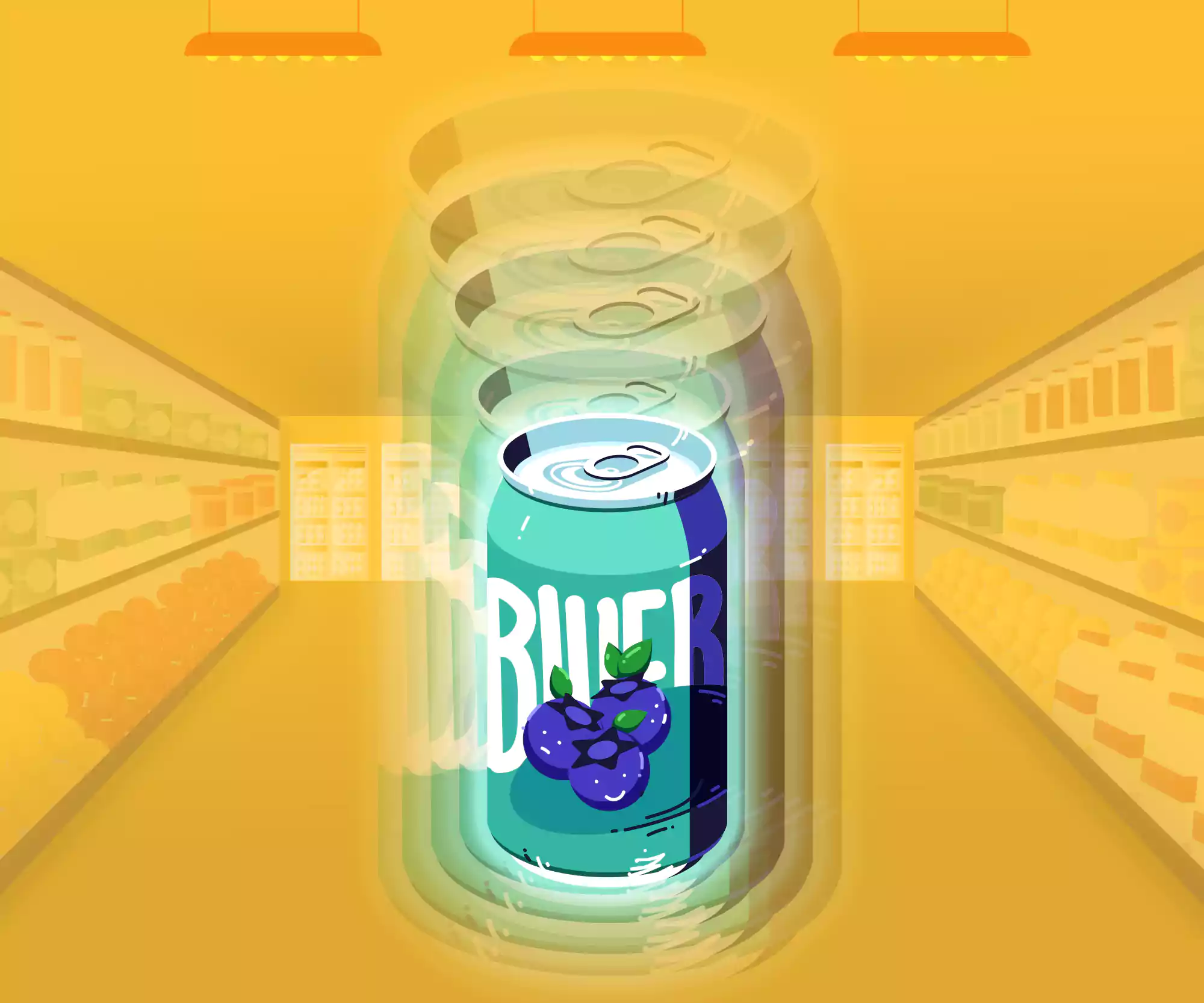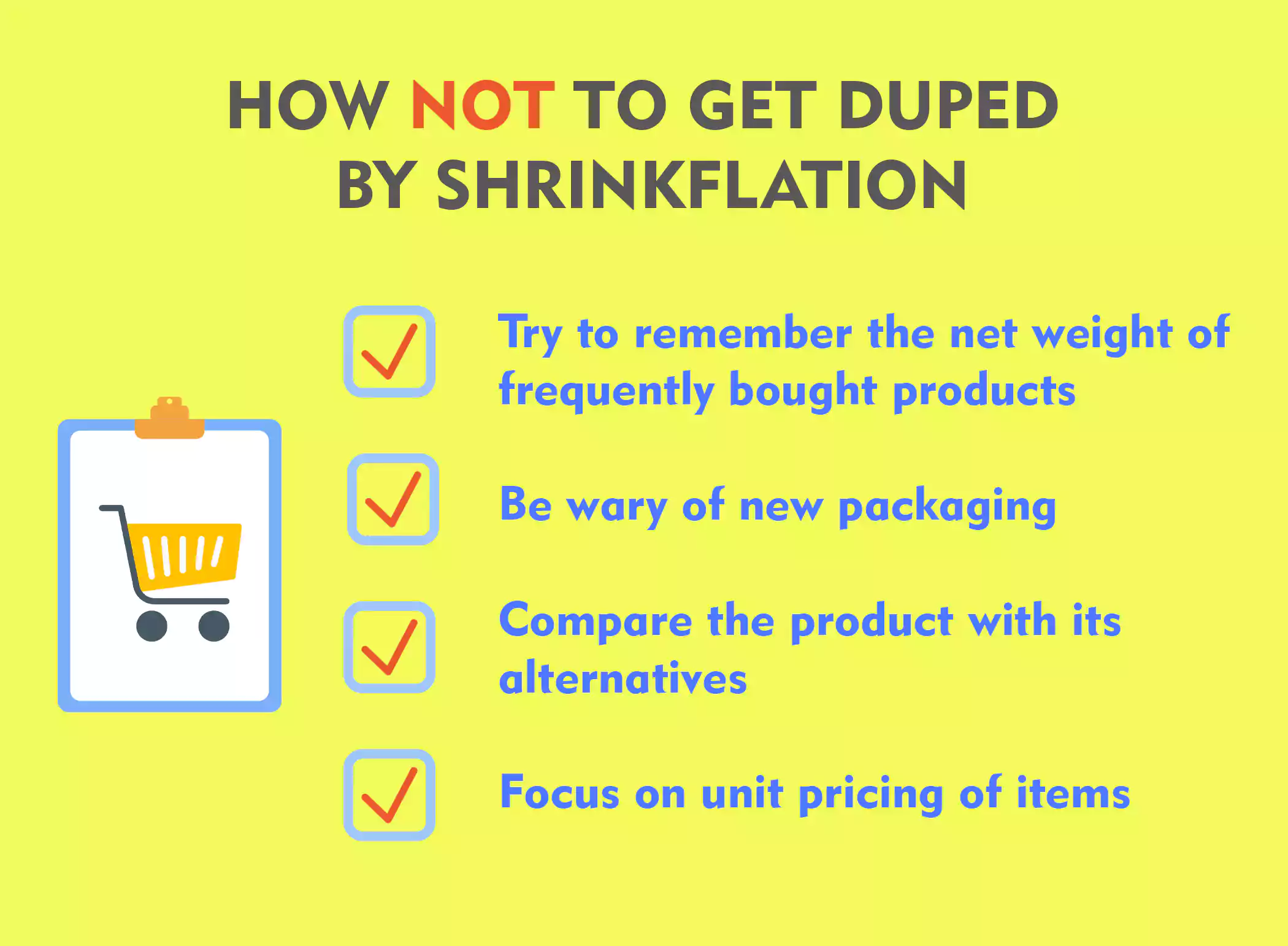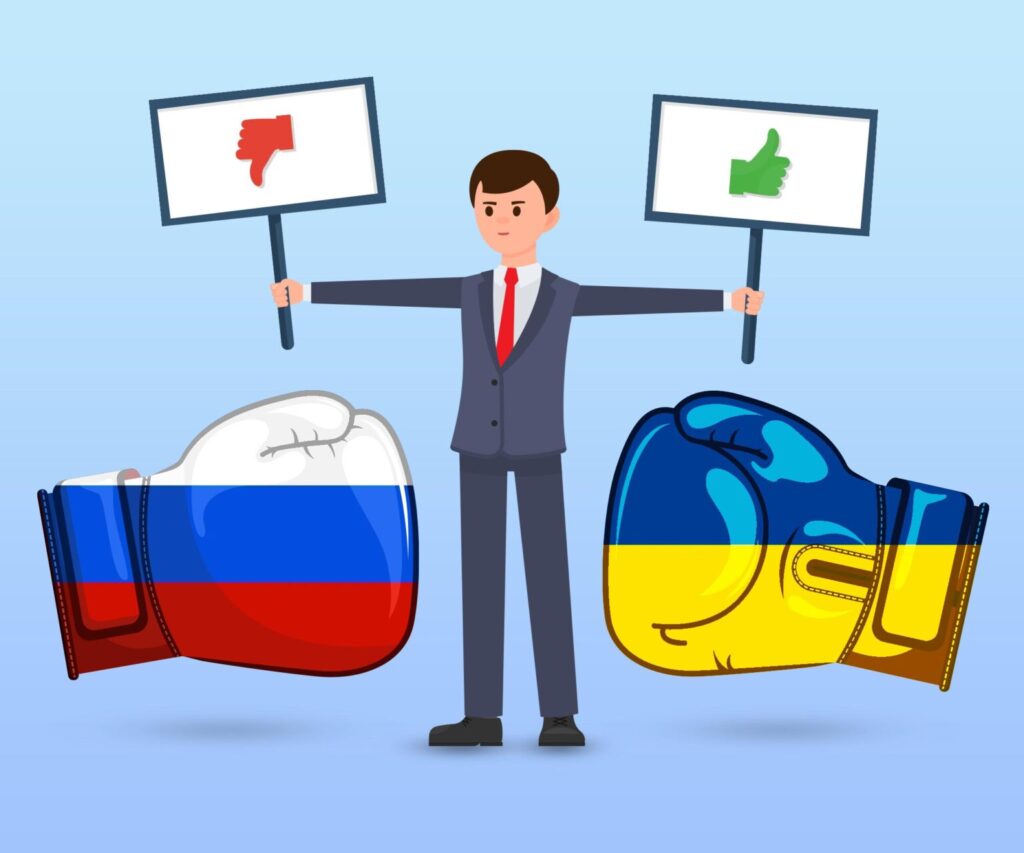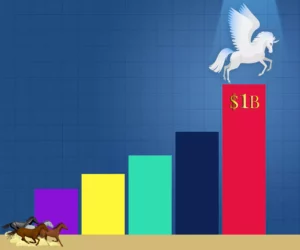
Have you noticed that your favourite packet of chips is running out faster? Sure, it could be because of an excited appetite. But, given the recent downsizing trends in the market, it is far more likely that the cause is shrinkflation. If you haven’t heard of this phenomenon before, read on to discover all about it.
What is shrinkflation?
When there is continuous qualitative and quantitative degradation of products, it is because of shrinkflation. So chocolate bars feel thinner. Packs of toilet paper run out faster. High fructose corn syrup replaces sugar in your sweet treats, and cars have fewer automatic updates. Some hotels don’t offer fresh towels every day. It’s everywhere! Consumer products are going lighter, thinner, slimmer, and fewer while maintaining the same price.
Shrinkflation (also known as product downsizing) is a tool major FMCG (fast-moving consumer goods) corporations have been using for decades to fight inflation creatively. American Economist Pippa Malmgren (who also served as a Special Assistant to President Bush) was the first person to use this term.
Why do companies practice shrinkflation?
Globally, inflation is at an all-time high, posing a clear and imminent threat to many countries. The US, a world economic superpower, recently hit a new four-decade inflation high of 9.1%. Spain is touching a 40-year high while Germany reached a 50-year high. India is currently at an 8-year high.
During phases of high inflation, companies have three options:
- Raise the price of the product with the risk of losing customers.
- Reformulate it with cheaper ingredients.
- Make smaller products.
Most of them go for the final option. Why? Because we, as consumers, are more aware of prices and not sizes. Therefore, in response to inflationary pressures (high costs of labour or raw material), corporations disguise price rises by playing with the products’ depth and dimensions, including downsizing. This way, companies can charge more for less.
We’re not new to shrinkflation
The word shrinkflation might sound novel, but the concept has existed for a long time.
When Toblerone decided to change the design of its chocolate bars by increasing the space between the triangles, there was a backlash from regular buyers of the chocolate. The product makers said that the move was in response to the rising costs of ingredients. They had two options: raising the price or changing the shape. They chose the latter.
India’s favourite biscuit brand, Parle-G, also succumbed to shrinkflation due to the rising cost of raw materials. The 80g pack of the biscuit, which cost INR 5, was reduced to 76g. Similarly, the INR 10 pack of Parle-G, which used to weigh 140g a year ago, is now 110g. That’s a 20% cut in quantity. The company cited increasing costs of ingredients such as wheat, flour, milk, and sugar as the reason for this change.
Coca-Cola, along with other major soft drinks brands, has been playing the volume game for quite some time now. Instead of a large two-litre bottle for INR 100, they promoted 200ml bottles, for INR 20 each, in a pack of 6. Consumers, therefore, spend INR 120 for 1.2L. They may buy less but more frequently. And that’s another way to tackle inflation.
From bloated packaging to changing shapes of products (like in soap bars), all such tactics are a form of shrinkflation. Interestingly, there’s a Reddit forum where people report and discuss their shrinking groceries. Many other similar online platforms create a space for consumers to gain awareness.
Are you a victim?
Despite all of this awareness on forums, we are still likely to fall into the trap of shrinkflation.
Psychophysics explains this trap. This subfield of psychology deals with how our visual and sensory systems perceive information. It observes that when the volume of a product changes, our perception is insensitive to it. That’s one of the reasons you didn’t even realise that products around you are shrinking in size. You may have noticed if the brand hiked the price. As mentioned before, we are a lot more conscious about price hikes than we are about product size or quantity. We check the price and sometimes the expiry date without noticing the weight.
And why would we? The strategy of shrinkflation is to be indiscernible and gradual. Big corporations hire intelligent people who know how to do this. They play with the product’s height, width, and depth so that the packet of chips you’re about to buy looks the same to you sitting on a nearby supermarket shelf. And it’s been happening for decades.
Too stubborn to leave
Manufacturers don’t see inflation going away anytime soon. So it would be fair to say that shrinkflation is here to stay. You may even see it getting worse with small companies applying the same tactics. Legally, businesses can reduce the size of their product or leave some room, so long as it serves a purpose. Air in chip packets, for instance, protects them from breaking during shipment. However, there is a disagreement in the consumer world regarding the idea of advertising these products. Most well-known brands don’t bother to mention that they charge their customers the same amount for less of a product. To some, this seems unethical, if not illegal.
You and I don’t have a way out of this except to become intelligent consumers. Words like ‘new and improved’ shouldn’t fool us; more importantly, you must read the fine print. Here are some ways that you can stay informed.

You might think shrinkflation is ineffective in the long run. Gradually, consumers are likely to develop an aversion and stay away from buying the product or abandon the brand altogether. Then again, when needs abound and only ‘shrinkflated’ products are available, how long can a consumer hold out? We may get stuck in a staring contest with manufacturers, both parties refusing to blink first.


